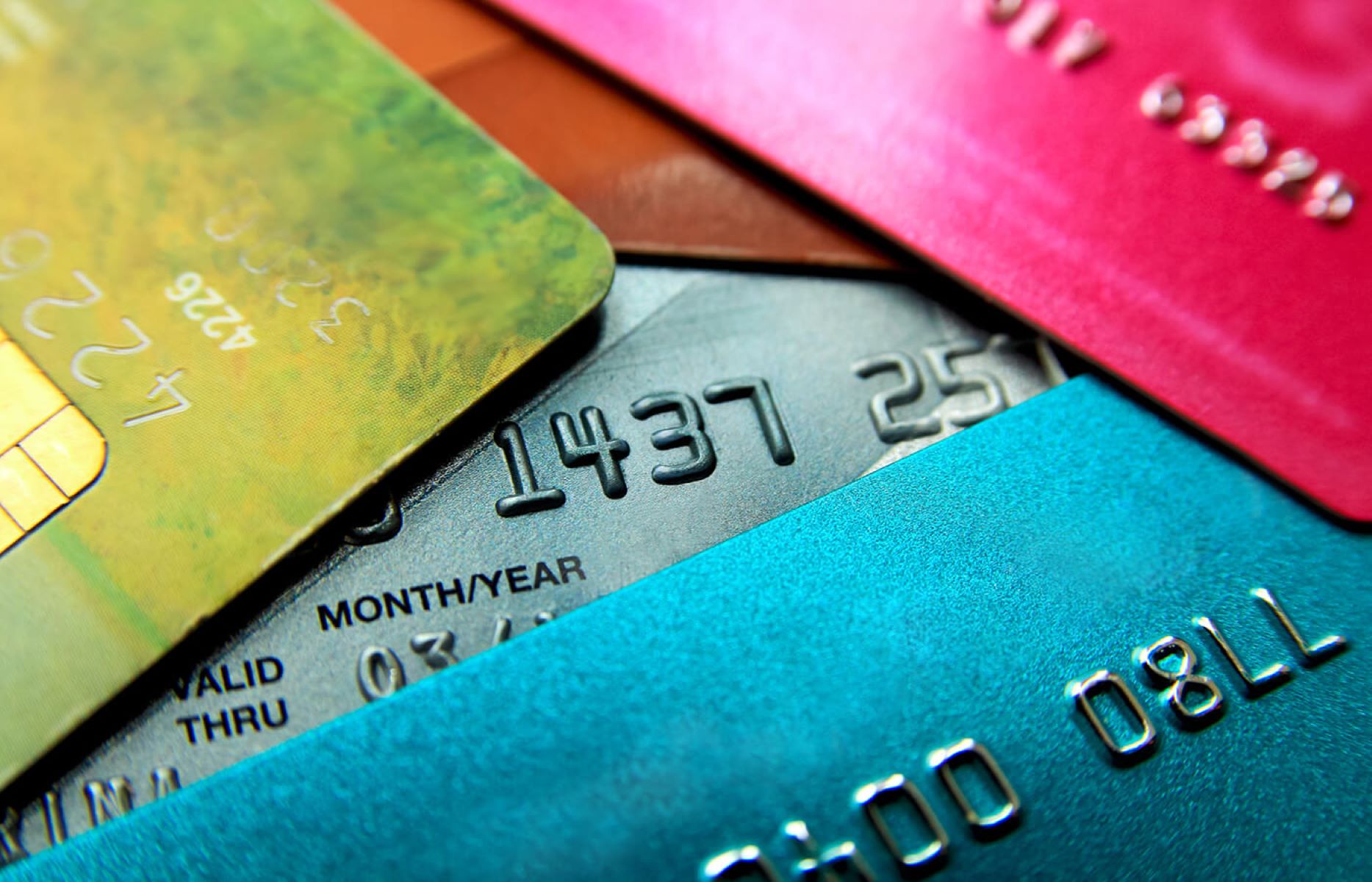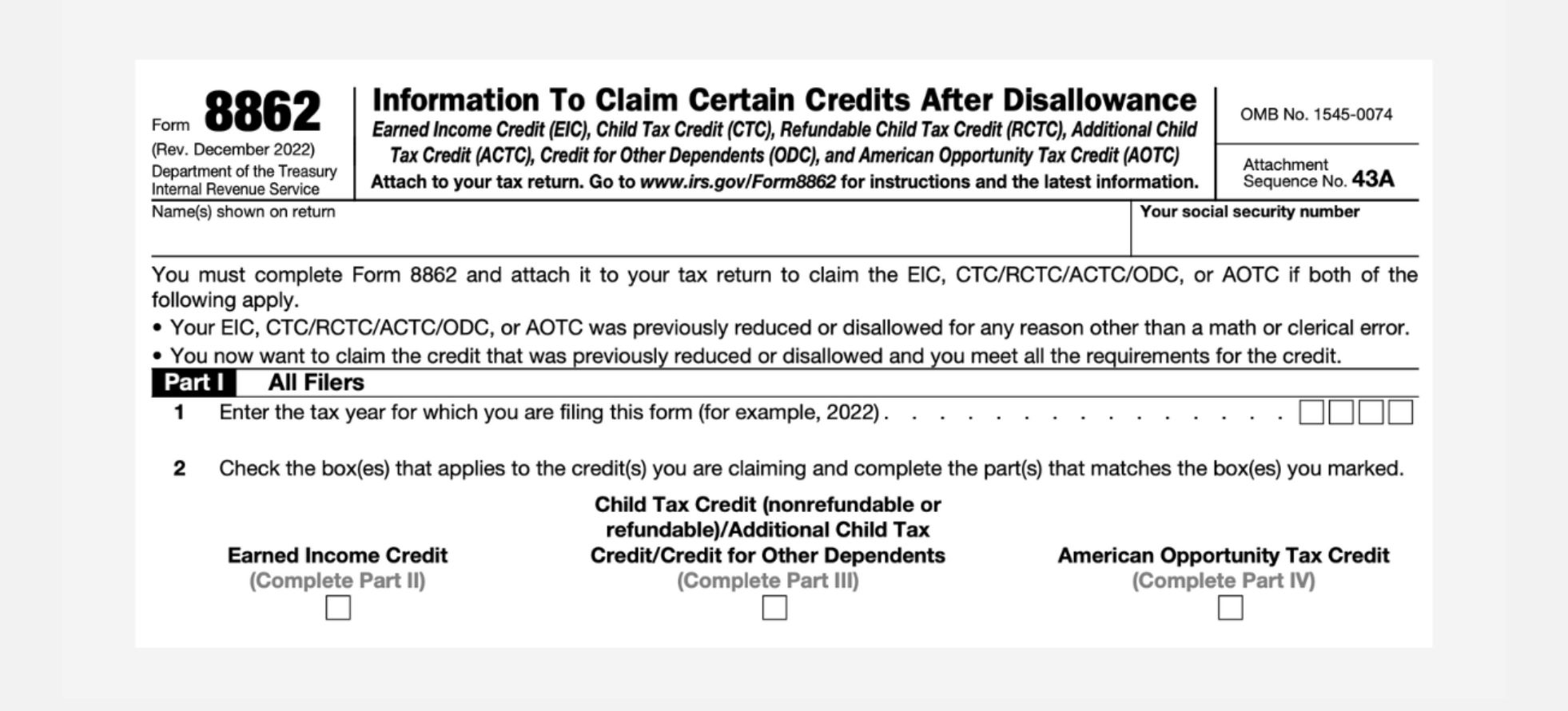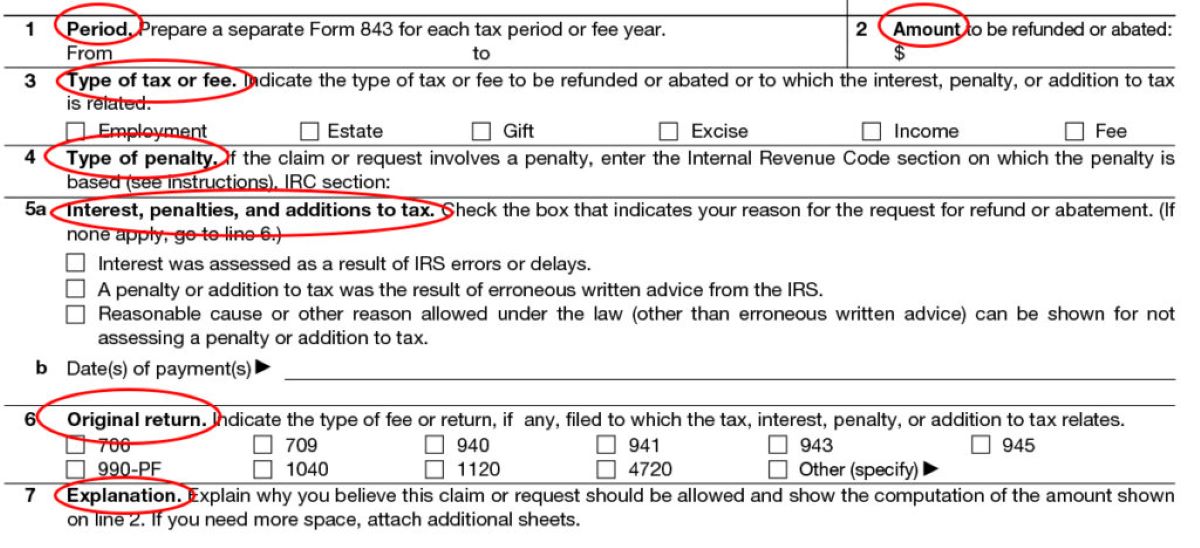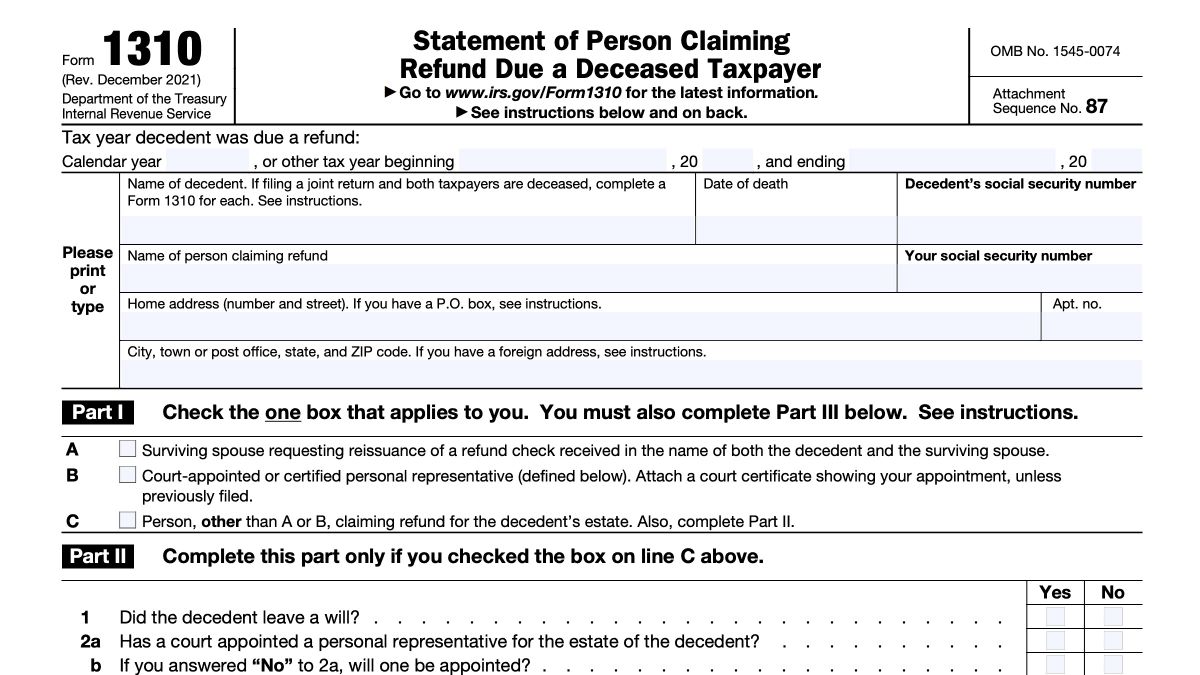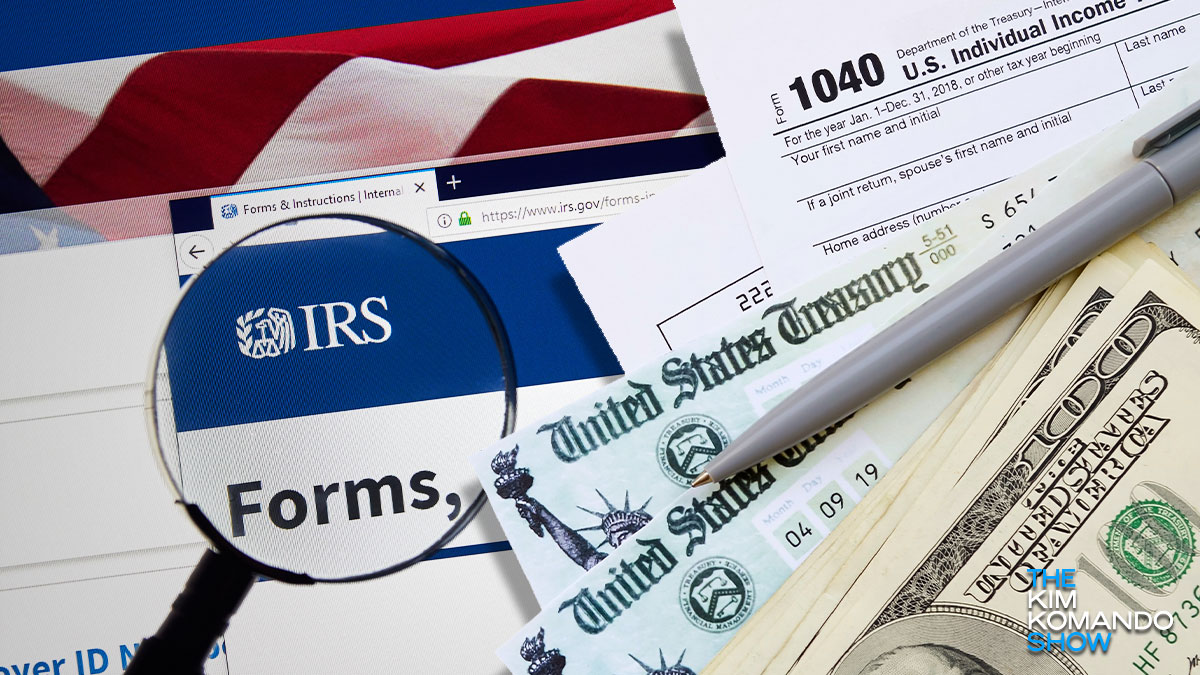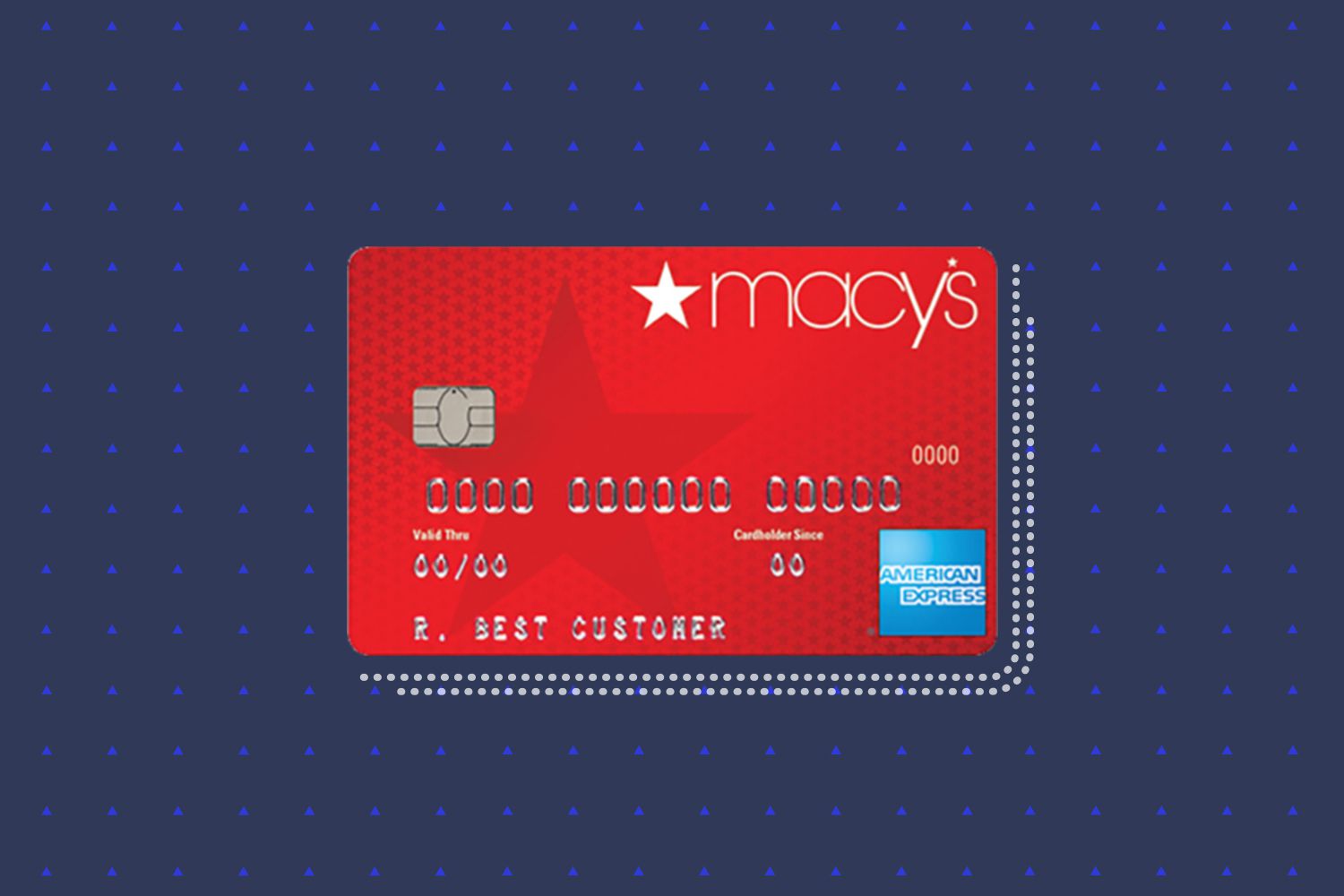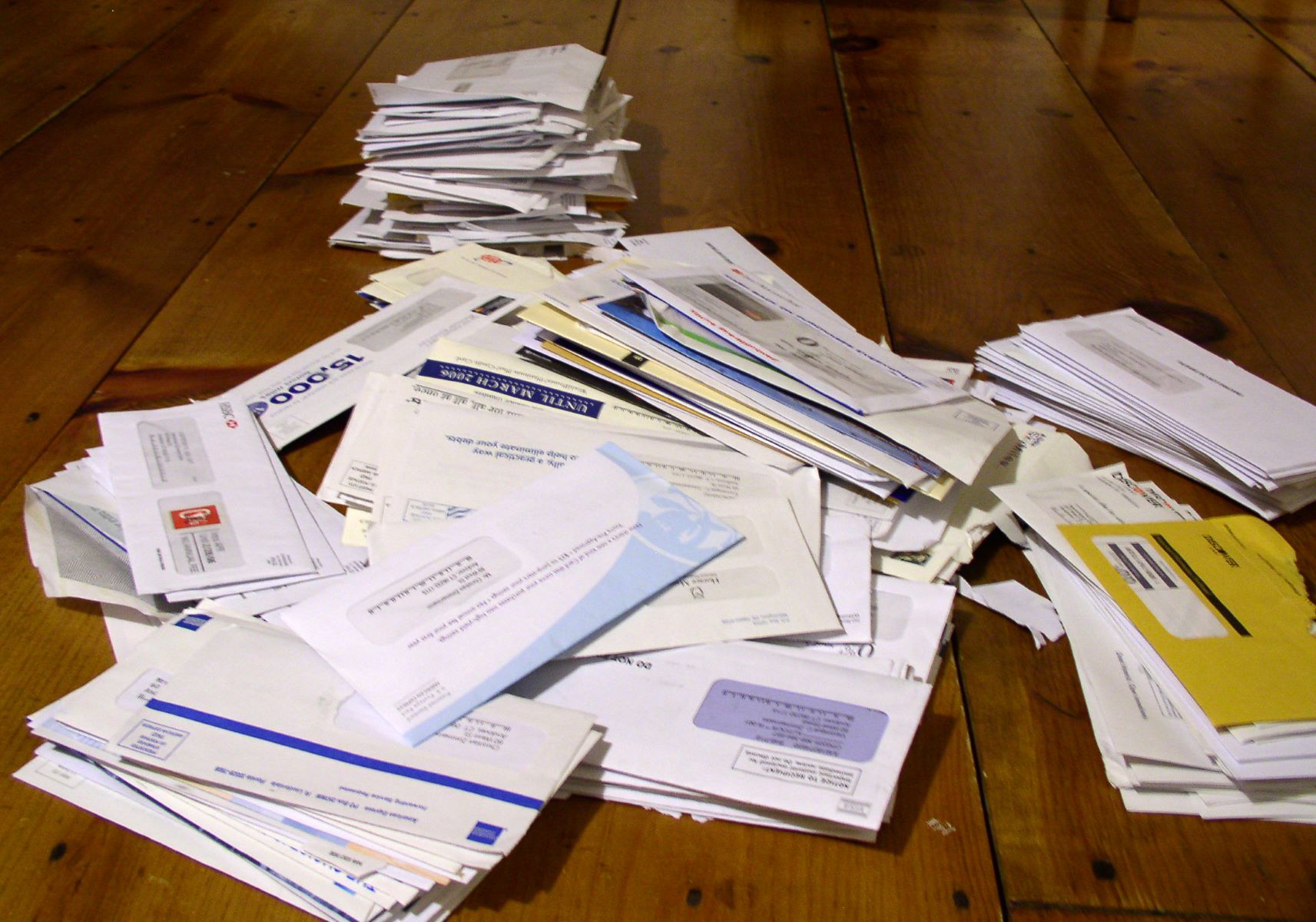

Finance
How To Mail A Credit Card
Modified: February 21, 2024
Learn how to safely mail a credit card to ensure the security of your finances. Follow these simple steps to send your credit card securely.
(Many of the links in this article redirect to a specific reviewed product. Your purchase of these products through affiliate links helps to generate commission for LiveWell, at no extra cost. Learn more)
Table of Contents
Introduction
When it comes to sending important financial documents, such as a credit card, through the mail, it’s crucial to ensure its safe arrival. Whether you are replacing a lost card, sending a card to a family member, or mailing it for any other reason, taking the necessary steps to protect the card during transit is of utmost importance. In this article, we will provide you with a comprehensive guide on how to safely mail a credit card.
Mailing a credit card requires careful preparation and consideration. You need to protect the card from potential damage, prevent theft or unauthorized access, and choose a reliable mailing service to ensure its timely arrival. By following the steps outlined below, you can have peace of mind knowing that your credit card will reach its intended recipient securely and efficiently.
In the following sections, we will discuss how to prepare the credit card for mailing, the appropriate envelope to use, how to address the envelope, additional security measures you can take, selecting a reliable mailing service, how to track the mailed credit card, and how to ensure its safe arrival. Let’s delve into the details and make sure your credit card reaches its destination without any hassles.
Preparing the Credit Card for Mailing
Before you can send your credit card through the mail, it is important to take a few precautionary measures to ensure its safety. Follow these steps to properly prepare your credit card for mailing:
- Notify the credit card company: Before sending your credit card, it is advisable to inform your credit card company about your intentions. They can provide you with any necessary instructions or recommendations to ensure a smooth and secure mailing process.
- Remove personal information: To protect your identity and prevent unauthorized use, take the time to remove any personal information associated with the credit card. This includes removing any old receipts, billing statements, or any other documents that may contain sensitive information.
- Activate the credit card: If you are sending a new credit card, make sure to activate it before mailing it. Activating the card ensures that it will be ready for use as soon as it reaches its destination.
- Secure the card in a sleeve: To protect the credit card from scratches or damage during transit, place it in a protective sleeve or holder. These sleeves are designed specifically for credit cards and can be easily found at office supply stores or online.
- Consider using a hard envelope: While it is not necessary, using a hard envelope can provide an extra layer of protection for your credit card. These envelopes are sturdier and less prone to bending or tearing during transport.
- Make a record of the card details: Before sending the credit card, it is a good idea to make a note of its details, including the credit card number, expiration date, and the customer service number. This information will come in handy in case the card is lost or stolen.
By following these steps, you can ensure that your credit card is well-prepared for its journey through the mail. Taking these precautions will not only protect your card but also provide you with peace of mind during the mailing process.
Choosing the Appropriate Envelope
The envelope you choose to mail your credit card in plays a crucial role in ensuring its safe arrival. Here are some key factors to consider when selecting the appropriate envelope:
- Size and Fit: It is important to choose an envelope that can securely accommodate your credit card without too much excess space. A snug fit will prevent the card from moving around during transit, minimizing the risk of damage.
- Durability: Opt for an envelope that is made of durable material, such as padded or reinforced envelopes. These provide an extra layer of protection against bending, tearing, or other damage that can occur during shipping.
- Security Features: Look for envelopes that offer security features, such as tamper-evident seals or tear-resistant materials. These features provide added assurance that your credit card will remain safe and intact until it reaches its destination.
- Opaque Envelopes: To protect your credit card’s privacy and prevent any potential identification of the contents, choose an envelope that is opaque or has an interior lining that conceals the contents from view.
- Water Resistance: Consider using envelopes that are water-resistant or have a water-resistant coating. This will protect your credit card from any potential water damage that can occur during transit, especially in inclement weather.
When selecting an envelope, it is a good idea to visit your local office supply store or online retailers that specialize in mailing supplies. There you will find a variety of envelope options specifically designed for shipping sensitive items such as credit cards.
Remember, choosing the appropriate envelope is essential to safeguarding your credit card during its journey through the mail. By investing in a sturdy and secure envelope, you can have peace of mind knowing that your credit card is well-protected throughout the shipping process.
Addressing the Envelope
The way you address the envelope when mailing a credit card is crucial in ensuring its safe and timely delivery. Follow these guidelines to properly address the envelope:
- Recipient’s Name: Write the full name of the recipient on the first line of the address. Make sure to include the correct spelling of their first and last name to avoid any confusion or misdelivery.
- Address Line: Write the complete and accurate address of the recipient on the second line. Include the street name, house or apartment number, and any additional address details, such as building or floor numbers, if applicable.
- City, State, and ZIP Code: On the next line, write the city, state, and ZIP code of the recipient’s address. This information helps ensure that the credit card reaches the correct location.
- Return Address: Don’t forget to include your return address in the upper left-hand corner of the envelope. This allows the postal service to return the envelope to you in case it cannot be delivered to the recipient.
- Proper Formatting: It is important to write the address clearly, using legible and neat handwriting or printing. Make sure to use the correct format for your country’s postal system. For example, in the United States, the address should be written with the street address first, followed by the city, state, and ZIP code.
- Use Permanent Ink: To ensure the address remains visible and intact throughout the shipping process, use a pen with permanent ink. This will prevent the address from smudging or fading, reducing the chances of any delivery issues.
By following these guidelines, you can help ensure that the credit card reaches its intended recipient without any complications. Accurate and legible addressing is an essential step in the mailing process, helping the postal service navigate the delivery with ease and accuracy.
Remember to double-check the recipient’s address for any errors or omissions before sealing the envelope. Taking the time to address the envelope correctly will increase the likelihood of a successful and timely delivery of your credit card.
Adding Extra Security Measures
When mailing a credit card, it’s important to take additional security measures to ensure its protection during transit. Here are some recommended steps to enhance the security of your mailed credit card:
- Use Security Seals: Consider using security seals or tamper-evident stickers to secure the envelope. These seals provide a visual indication if the envelope has been opened or tampered with during transit.
- Wrap in Protective Material: To provide an extra layer of protection, you can wrap the credit card in bubble wrap or tissue paper before placing it inside the envelope. This will help cushion the card and minimize the risk of damage.
- Avoid Identifying Labels: Remove any previous labels or markings that may indicate the contents of the envelope. This will help protect the privacy of the credit card and reduce the chance of theft or unauthorized access.
- Consider Insurance: If your credit card is of high value or holds significant importance, it may be worth considering purchasing insurance for the shipment. Insurance provides financial protection in case the credit card is lost, stolen, or damaged during transit.
- Keep Proof of Mailing: Once you have sealed the envelope, make sure to retain a copy of the receipt or proof of mailing. This can be useful in case you need to track the package or file a claim in the event of any issues during transit.
By implementing these extra security measures, you can reduce the risk of unauthorized access to your credit card and increase its chances of a secure and successful delivery. While these steps may require a little extra effort, they provide additional peace of mind during the mailing process.
Remember, it’s always better to be cautious when it comes to safeguarding your credit card during transit. Taking these additional security precautions can help ensure that your credit card arrives safely and securely at its intended destination.
Selecting a Mailing Service
Choosing the right mailing service is essential when it comes to safely sending your credit card. There are several factors to consider when selecting a mailing service:
- Reliability: Look for a reputable and trusted mailing service to ensure that your credit card will be handled professionally and delivered on time. Research customer reviews and ratings to gauge the reliability of the service provider.
- Tracking Services: Opt for a mailing service that offers tracking services. This allows you to monitor the progress of your credit card during transit, giving you peace of mind and the ability to anticipate its arrival.
- Insurance Options: Check if the mailing service offers insurance options for your package. Insuring your credit card provides financial protection in case of loss, theft, or damage during shipment.
- Delivery Speed: Consider the urgency of delivering your credit card. If time is a critical factor, choose a mailing service that offers expedited or express delivery options to ensure prompt arrival.
- Signature Confirmation: To increase security, opt for a mailing service that offers signature confirmation upon delivery. This ensures that only the intended recipient can receive and sign for the credit card, reducing the risk of unauthorized access.
- Additional Services: Some mailing services offer extra features such as package pick-up or drop-off locations, flexible delivery options, or the ability to schedule deliveries. Explore these additional services to find the one that best suits your needs.
When selecting a mailing service, consider your specific requirements and preferences. It’s important to weigh these factors and choose a service that aligns with your priorities, ensuring a smooth and secure shipping process for your credit card.
Before sending your credit card, ensure you carefully package and address the envelope according to the requirements of the chosen mailing service. Follow their guidelines to ensure your credit card is eligible for their shipping services and to minimize any potential issues during transit.
By selecting a reliable mailing service that meets your criteria, you can enhance the chances of a successful and secure delivery of your credit card.
Dropping Off or Scheduling a Pick-Up
Once you have prepared your credit card for mailing and selected the appropriate mailing service, the next step is to arrange for the actual drop-off or pick-up of the package. The process may vary depending on the chosen mailing service, but here are some general guidelines to follow:
- Dropping Off:
- Locate a nearby drop-off location affiliated with the mailing service. This can be a post office, mailbox, or authorized shipping center.
- Ensure that the drop-off location accepts the type of envelope you are using and is equipped to handle the mailing service you have selected.
- Follow any instructions provided by the mailing service on how to properly deposit your package. This may include filling out customs forms (if applicable) and attaching any required labels or documentation.
- Retain the receipt or proof of drop-off as evidence that you have mailed the credit card. This receipt may include a tracking number, which you can use to monitor the package’s progress.
- Scheduling a Pick-Up:
- Contact the mailing service to inquire about their pick-up services. Not all services offer this option, so it’s important to confirm availability.
- Provide the necessary details, including the pick-up location, preferred date, and any special instructions for the carrier (such as a specific time window).
- Ensure that someone will be available at the designated location to hand over the package to the carrier. It’s a good idea to inform the pick-up location or recipient in advance.
- The carrier will arrive at the scheduled time to collect the package. Be prepared to present the package and any required documentation or identification.
- Request a receipt or confirmation of pick-up to acknowledge that the credit card has been successfully transferred to the mailing service.
Remember, the specific process and requirements for dropping off or scheduling a pick-up may vary depending on the mailing service and location. It’s always advisable to consult with the specific mailing service you have chosen to ensure a seamless and successful handover of your credit card.
By following these guidelines, you can ensure that your credit card is entrusted to the mailing service in a reliable and secure manner, ready to begin its journey to the intended recipient.
Tracking the Mailed Credit Card
Once you have sent your credit card through the mail, it is important to track its progress to ensure a smooth and timely delivery. Here’s how you can track your mailed credit card:
- Tracking Number: Retrieve the tracking number provided to you by the mailing service. This unique code allows you to monitor the whereabouts of your credit card during transit.
- Online Tracking: Visit the website of the mailing service you used and locate their tracking tool. Enter the tracking number to access real-time updates on the location and status of your package. This information will include the departure and arrival scan points, estimated delivery date, and any associated delivery exceptions or delays.
- Mobile Apps: Many mailing services offer mobile applications that allow you to track your package on your smartphone or tablet. Download the app for your chosen service and log in to track your credit card on-the-go.
- Email or Text Notifications: Some mailing services offer email or text message notifications regarding the progress of your credit card. Sign up to receive such notifications, which will keep you informed about any changes or updates in the delivery status.
- Customer Service Assistance: If you are unable to track your package online or need additional information, contact the customer service department of the mailing service. They can provide you with detailed information regarding the whereabouts of your credit card and address any concerns or inquiries you may have.
By tracking your mailed credit card, you can stay updated on its location and progress, ensuring peace of mind and allowing you to plan for its safe receipt. In case of any unexpected delays or issues, tracking will provide valuable insights that can help address them promptly.
Remember to keep the tracking number and any associated documentation until you have received confirmation of delivery. This way, you can refer to them if needed and maintain a record of the shipment for future reference.
Tracking your mailed credit card is a crucial step in ensuring its safe and successful journey to the recipient. Stay vigilant and monitor its progress to minimize any potential delivery hiccups and enjoy a seamless mailing experience.
Ensuring the Card Arrives Safely
As you eagerly await the arrival of your mailed credit card, there are a few steps you can take to ensure its safe receipt:
- Monitor the Tracking Updates: Continuously track the progress of your credit card using the tracking number provided by the mailing service. Stay alert to any updates or notifications regarding the delivery status.
- Arrange for Secure Delivery: If possible, ensure someone will be available to receive the package at the designated delivery location. This prevents the package from being left unattended and reduces the risk of theft or unauthorized access.
- Keep in Touch with the Recipient: If you are mailing the credit card to another person, maintain open communication with them regarding the expected delivery date. This allows them to be prepared for receiving the credit card and ensure its safe storage upon arrival.
- Retrieve the Package Promptly: Once the credit card has been delivered, retrieve it promptly. Leaving the package unattended at the delivery location increases the risk of loss or theft.
- Inspect the Package: Before opening the envelope, inspect it for any signs of damage or tampering. If the envelope appears to be in poor condition or shows signs of tampering, contact the mailing service or credit card issuer immediately to report the issue.
- Activate the Card: If the credit card is a new one, remember to activate it following the instructions provided by the issuer once you have received it safely.
- Verify the Contents: After opening the package, ensure that the credit card is present and matches the expected specifications, such as the correct name and card number. Contact the credit card issuer if any discrepancies or issues are identified.
By following these steps, you can take additional precautions to ensure the safe arrival of your credit card. It’s important to stay vigilant throughout the process and address any concerns promptly to mitigate potential risks.
If, despite your best efforts, the credit card does not arrive as expected or is lost in transit, contact the mailing service or credit card issuer immediately. They will guide you through the necessary steps to resolve the situation, such as initiating a trace or replacement process.
Bearing in mind these guidelines, you can greatly enhance the chances of your credit card arriving safely and securely, allowing you to enjoy the benefits of your new or replacement card with peace of mind.
Conclusion
Mailing a credit card requires careful planning and consideration to ensure its safe arrival at its intended destination. By following the steps outlined in this comprehensive guide, you can take the necessary precautions and minimize any potential risks during the mailing process.
Starting with the proper preparation of the credit card, including removing personal information and securing it in a protective sleeve, to selecting an appropriate envelope and addressing it accurately, each step contributes to a secure mailing. Adding extra security measures, such as using security seals and wrapping the card, further enhances its protection.
Choosing a reliable mailing service that offers tracking, insurance options, and other desirable features gives you peace of mind and enables you to monitor the package’s progress. Meanwhile, dropping off the package at a designated location or scheduling a pick-up provides a smooth handover to the mailing service.
Tracking the mailed credit card helps you stay informed about its location and progress, ensuring a timely delivery. Finally, taking steps to ensure the safe receipt of the card, such as arranging for secure delivery, inspecting the package for any signs of damage or tampering, and verifying its contents, adds an additional layer of protection.
By following these guidelines, you can maximize the chances of your credit card arriving safely and securely, minimizing any potential issues or concerns. However, it’s important to note that each situation may have unique circumstances, so it is advisable to consult with the specific mailing service and credit card issuer for any specific instructions or guidelines.
Remember, ensuring the safe delivery of your credit card is essential for protecting your financial information and preventing unauthorized access or identity theft. Taking the necessary precautions outlined in this guide allows you to confidently mail your credit card with peace of mind, knowing that it will reach its intended recipient securely and efficiently.
